Yeah! Got my first book review in the Sunday Economic Times today (16.02.14)
Read the complete & unabridged review after the image:
What struck me immediately as I began attempting to read ‘Love and Math’ was this quote: “People think they don’t understand math, but it’s all about how you explain it to them. If you ask a drunkard what is larger, 2/3 or 3/5, he won’t be able to tell you. But if you rephrase the question: what is better, 2 bottles of vodka for 3 people or 3 bottles of vodka for 5 people, he will tell you right away: 2 bottles for 3 people of course.”
‘Love and Math’ by Edward Frenkel (A professor of mathematics at the University of California, Berkeley) is nothing short of a sweet irresistible treat; a cupcake of a book that compels you devour it, once you have started reading it.
Just as the book begins, the reader is treated to quotes that set the context right. George Cantor, creator of the theory of infinity says, “The essence of mathematics lies in its freedom.” Galileo has said, “The laws of Nature are written in the language of mathematics.”
From the first chapter onwards, the book and the reader begin a slow and challenging march forward. The reader grapples with concepts, ideas, theories and purely imaginative formats of math as they are presented to him.
The ‘symmetry’ of butterflies and snowflakes, how symmetries are tested (Universality, Objectivity, Endurance & Relevance) for instance, will appeal to anyone who is interested in testing concepts, not just math concepts alone.
‘Love and Math’ is not boring. The author is a Russian Jew who suffers educational isolation in the country of his birth, the former USSR, and his personal struggle to succeed against all odds can overwhelm even the most hardened reader.
The latter chapters of this consuming book can be tackled any way the reader prefers. If you really like math and want to understand complicated, arcane topics, then you can spend hours devouring each page. But if you would prefer (like I did), to get a high level of understanding of the subject and yet savour the hidden, subtle, deeper interpretations of this math book, you can do so easily.
Amongst the chapters, I was most intrigued by Chapter 6, which discussed ‘Fermat’s Last Theorem’.
This is probably the world’s most famous theorem, left to be solved by Pierre Fermat, a French mathematician. In 1637 Fermat proposed a theorem and then began scribbling its solution in an old book. As the story goes, Fermat ran out of space in the margin of his book and hence left the theorem unexplained. This became one of the biggest challenges in the math world, and it was only in 1995 (350+ years later) that Andrew Wiles, a British mathematician was able to propose a universally accepted proof.
For those who are interested, Fermat’s last theorem is quite simple and very interesting.
Consider the equation: x^n+ y^n = z^n
You can easily replace any 3 natural numbers to the equation above and prove it to be true (say n=1)
Now, consider, x^2 + y^2 = z^2
Let’s represent the equation above as 3^2 + 4^2 = 5^2
It’s obvious that the equation will be true and in the case, n = 2
Fermat said that if n is greater that 2 (i.e 3,4,5, etc.) then this equation had no solution, with x, y and z being natural numbers.
Hence Fermat said that we cannot find a solution to x^3 + y^3 = z^3 and so on and so forth!
The solution to his theorem is what he missed mentioning (or didn’t care writing about), and this is the solution that Andrew Wiles provided in 1995!
I found it simply remarkable that such a simple sounding problem took 350 years to prove, considering that the inventor of the problem could have simply provided it with a bit more paper and a pen!
The other chapters of ‘Love and Math’ are replete with information that may not be useful for most readers in their daily lives, but more than enough to provoke the mind and also the inside of a world renowned mathematician’s mind!
The English mathematician G.H Hardy famously argued that “great bulk of higher mathematics is useless.” The extreme irony being that today, most online transactions that involve complex security algorithms, use results of the number theory that G.H Hardy himself postulated!
Interesting trivia in the book includes facts such as The Fibonacci numbers (1, 1, 2, 3, 5, 8, 13, 31 – the last number being the sum of the earlier two), was invented by an Italian mathematician in the context of mating rabbits!
What I loved most in the book was the insight that taking a snap of a moving person was indeed adding a ‘fourth dimension’ – ‘time’ to the three dimensions of space that we already understand, being length, breadth and depth.
Sprinklings of math terminology, interspersed with things you may not have thought of before makes the book even more worthy of a read.
Examples:
Now, if you are wondering, where is the “Love” in ‘Love and Math’, a sweet surprise appears at the end of the book. The author has produced a well received, romantic film called “Rites of Love and Math” that includes a ‘formula’ for love, tattooed on the heroine so as to protect the secret formula from the evil side of the world.
‘Love and Math’ is a great book and a must read. Who knows, it may make you fall in ‘love’ with math again!
Click on the wrapper to buy the book (leads to google search)
Special thanks to Prashanth Prakash of Accel Partners India who gifted me this book recently!!
*****

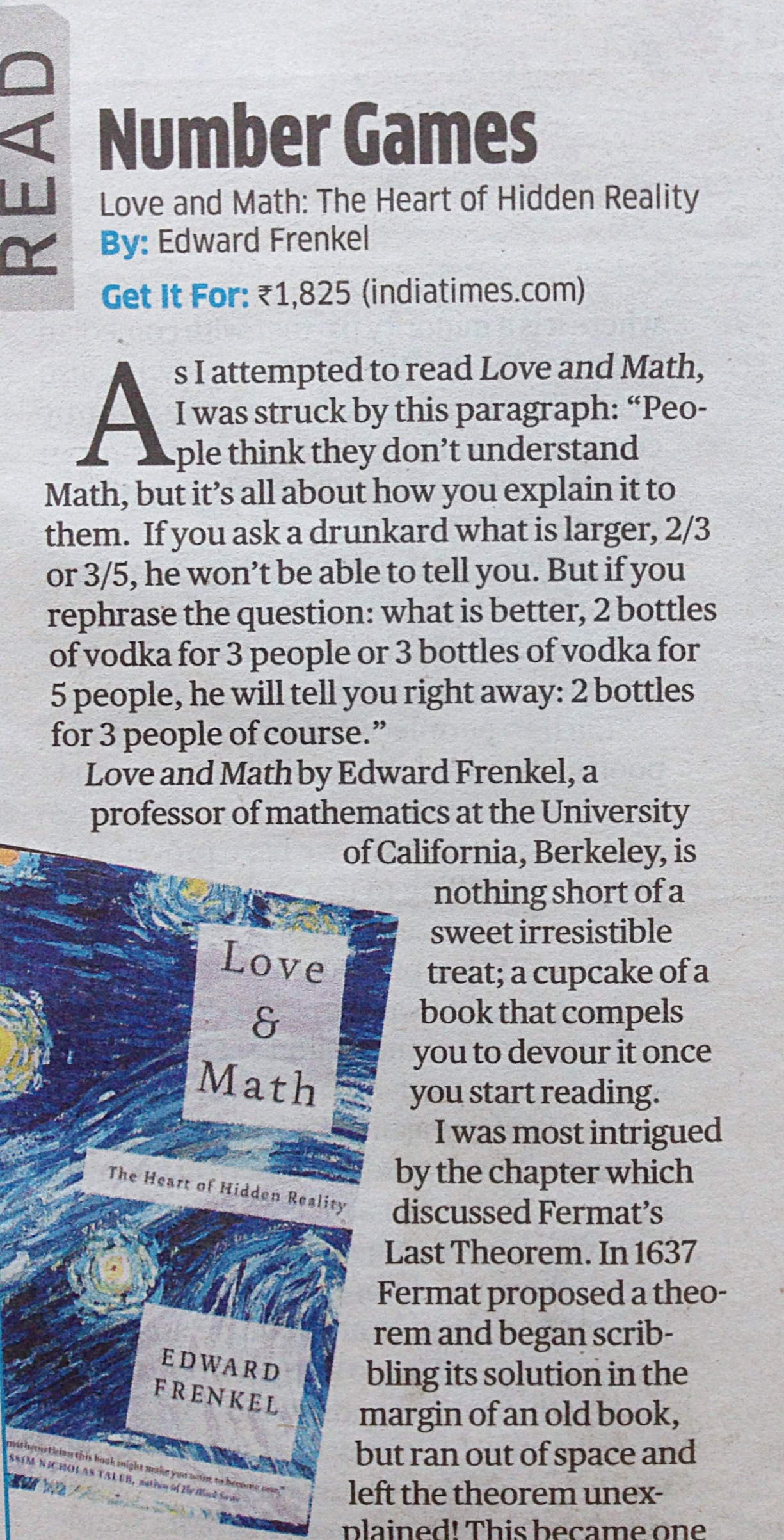
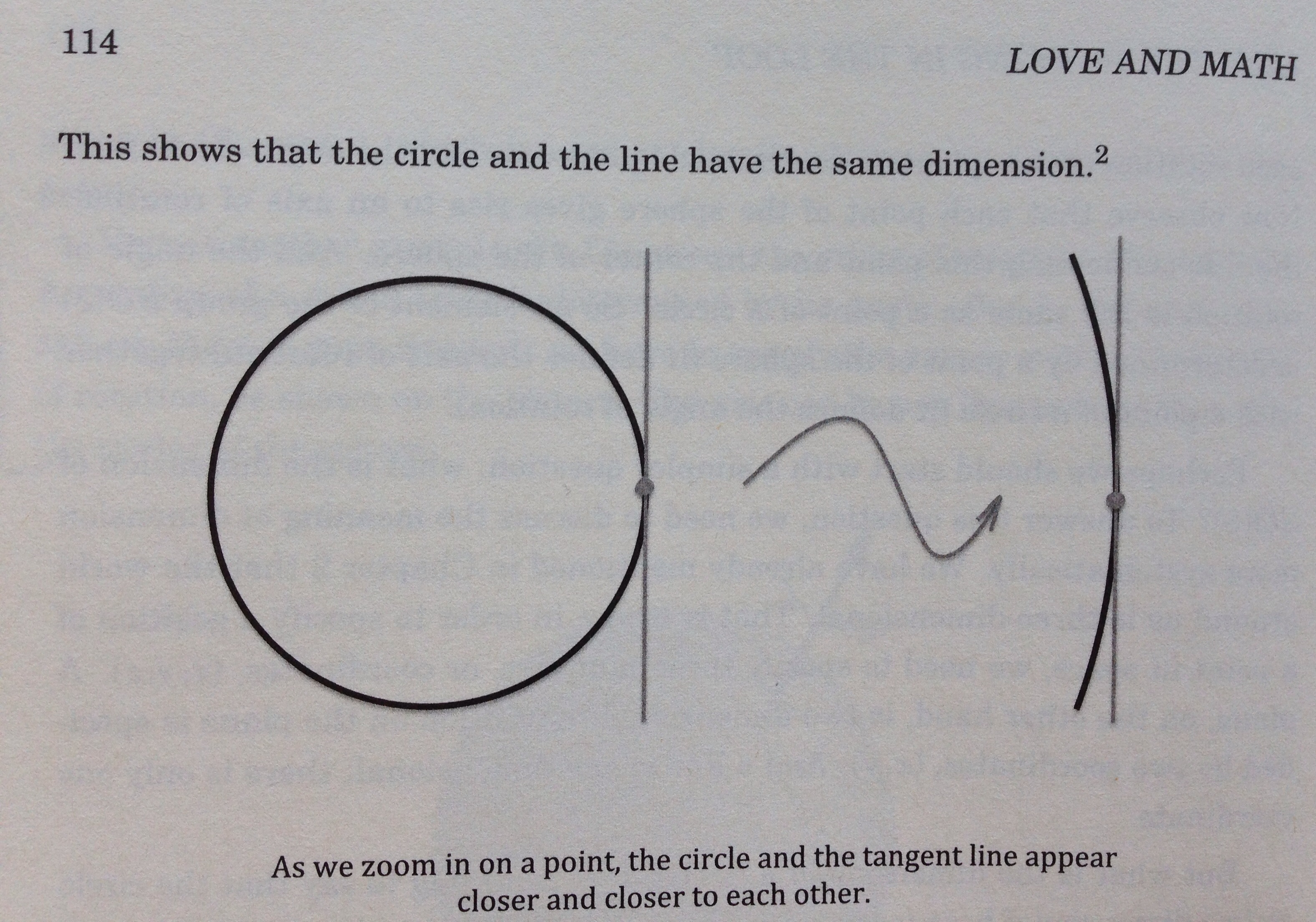
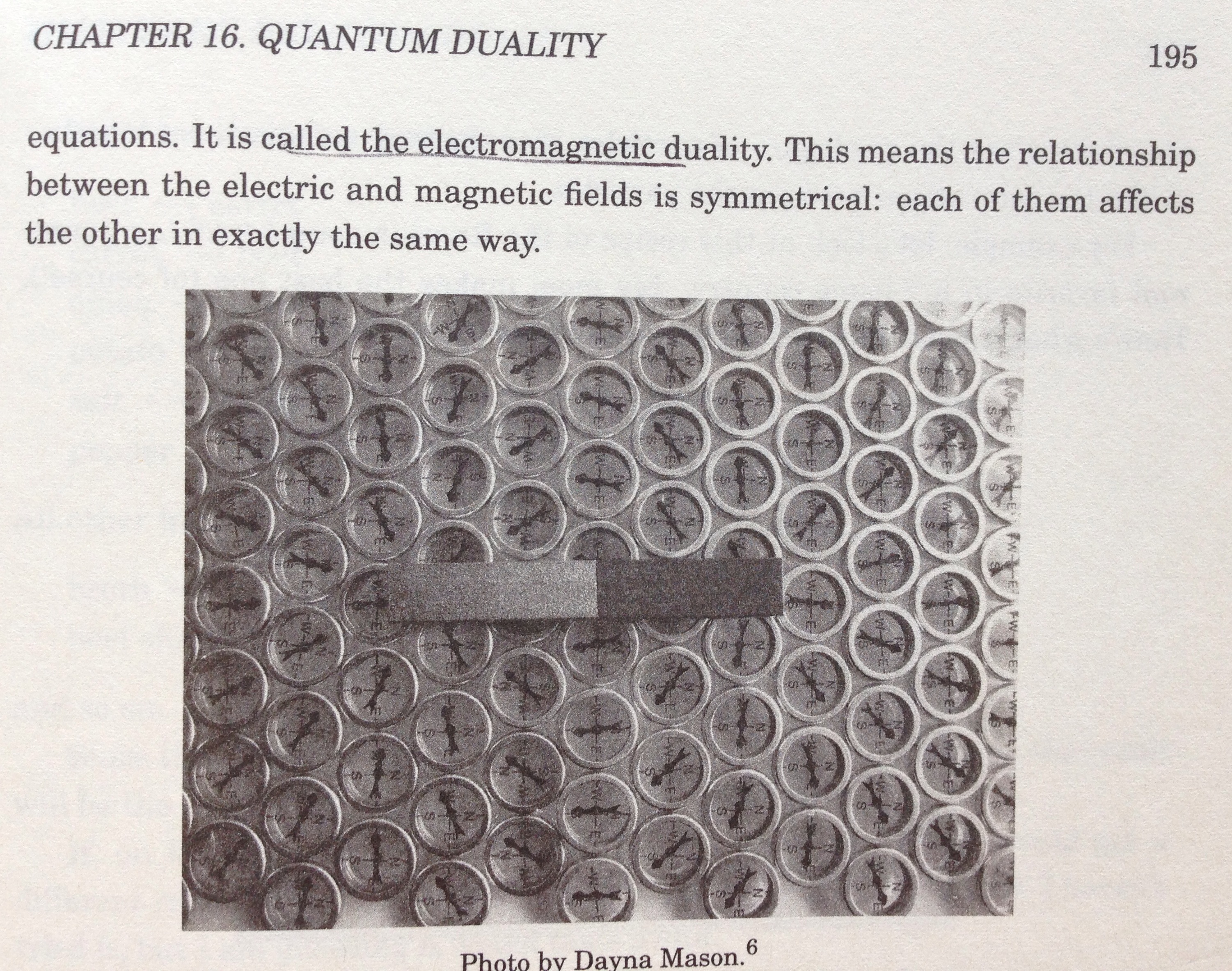
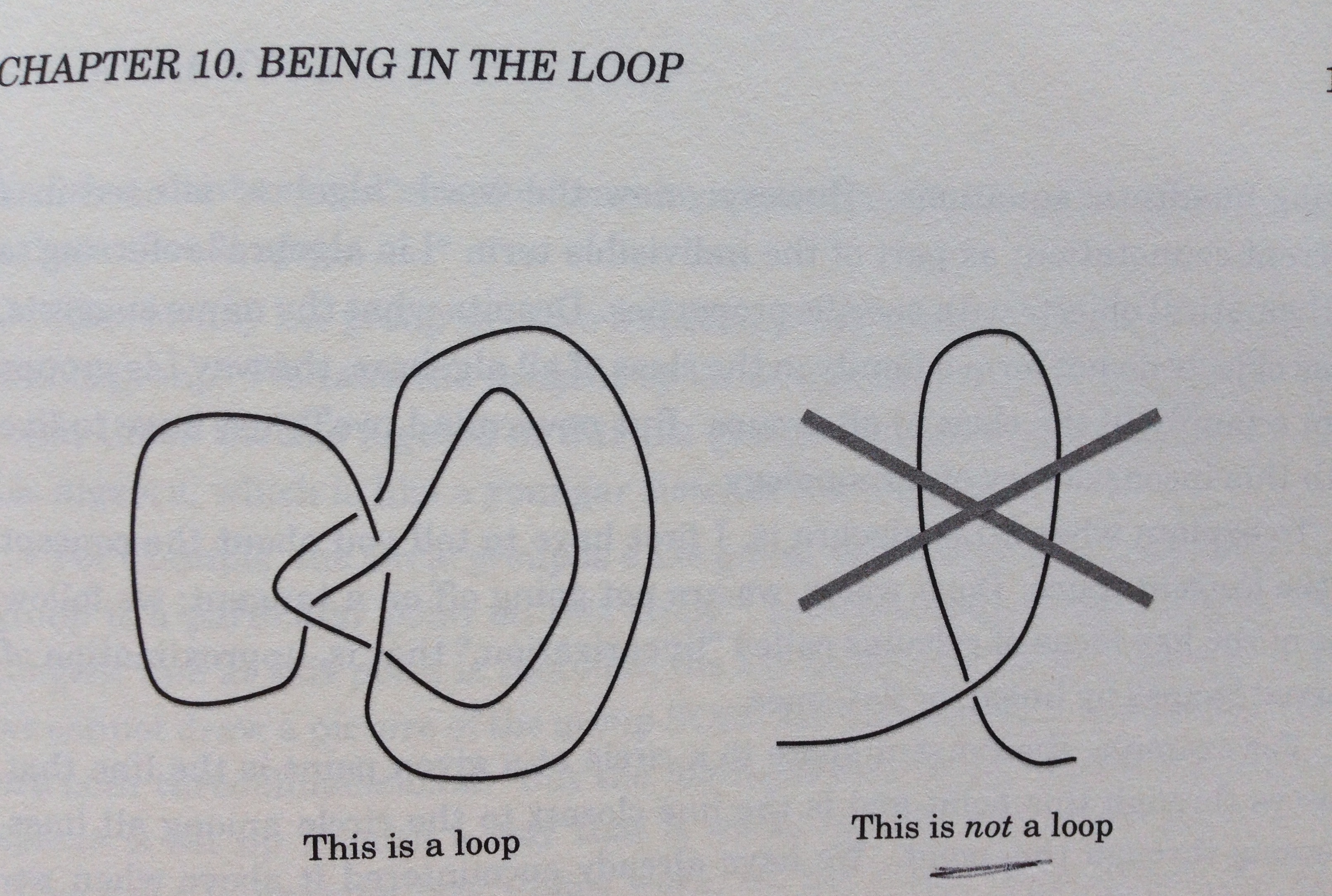
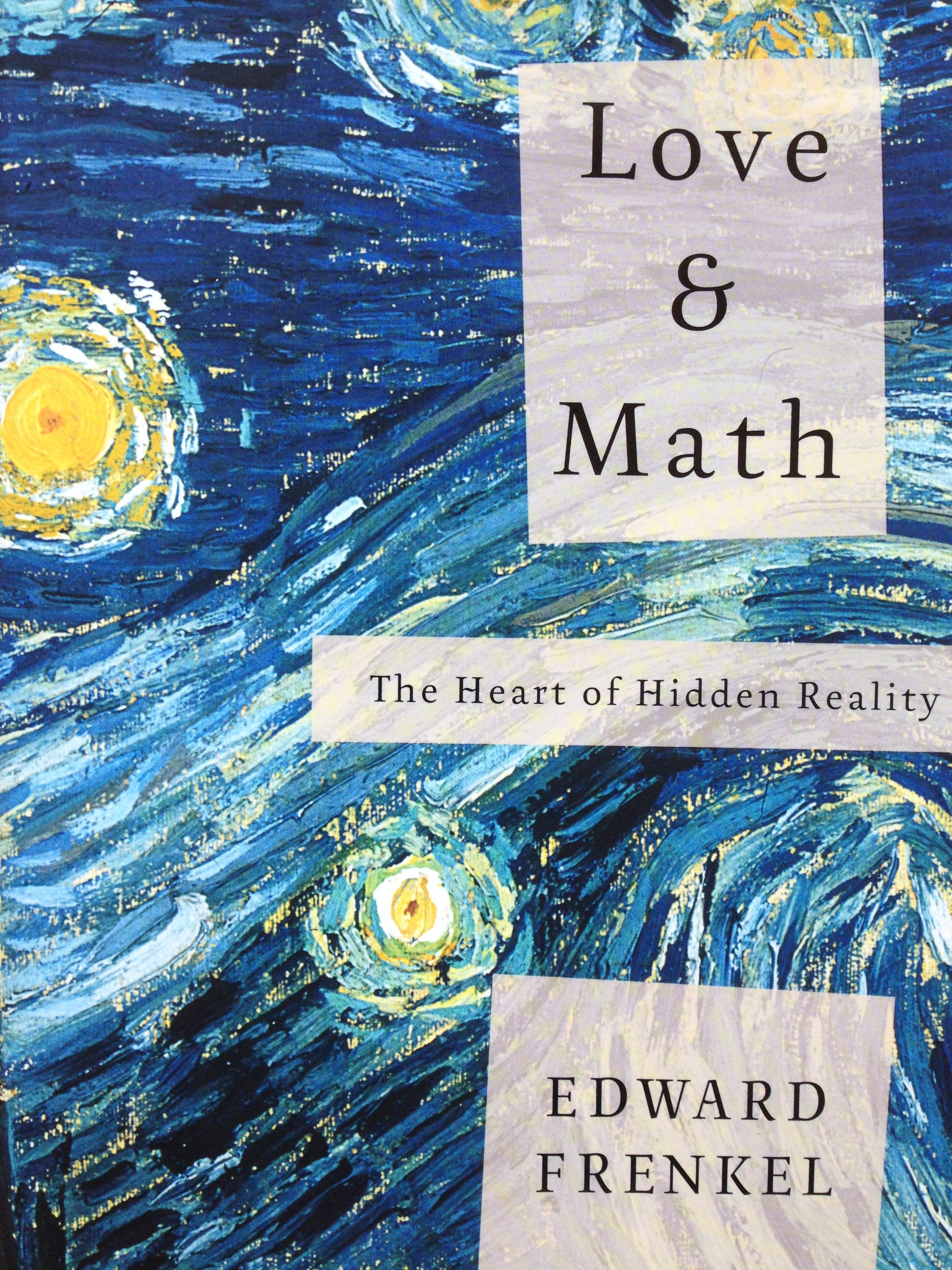




Aparna
wow sounds super interesting! Imma grab the book !! Very compelling. for the love of math! 😀